Ryegrass, Beef Builder Forage Annual
$47.00 /50lbs. (50 pound bag)
Improvement over annual for grazing, especially in rust prone areas (high rainfall).
Out of stock
Improvement over annual for grazing, especially in rust prone areas (high rainfall).
| Grow Height | Cold Tolerance | Minimum Rainfall |
Planting Rate Acre |
| 2-3′ | Good | 25″ | 25 lb. |
| Weight | 51 lbs |
|---|---|
| Dimensions | 29 × 17 × 7 in |
Be the first to review “Ryegrass, Beef Builder Forage Annual” Cancel reply
You must be logged in to post a review.
Related products
Native, cool season perennial. Prefers moist soils, high soil fertility, heavier soil textures, and it is shade tolerant. It can be found scattered on shaded banks, along fencerows and in open woodlands.
One of the best known and most commonly used native grasses. It is a long-lived, cool season species that has coarse blue- green leaves with prominent veins.
Warm season perennial that does well on moist, but well-drained, soils. It is a dense turfgrass. Can crowd out weeds and bermudagrass.
Fairly large, ragged bunchgrass that was introduced from Africa for cattle forage.
An annual grass with each stem bearing an unbranched, erect, flattened, bristly spike of narrow, crowded, greenish-brown spikelet.
Warm season perennial tufted bunch grass. Originally collected near Manali, India and tested in Oklahoma and Texas.
Introduced bunch grass that is adapted to the southwest. Has a rapid growth. Minimum temperature is 12F and grows in pH 4.5-8 range in coarse to medium soils with low salinity tolerance.
Native, cool season perennial that is short lived. Found on sandy shores and dunes; wooded areas, especially along trails, rivers and streams; and other disturbed sites throughout much of North America.
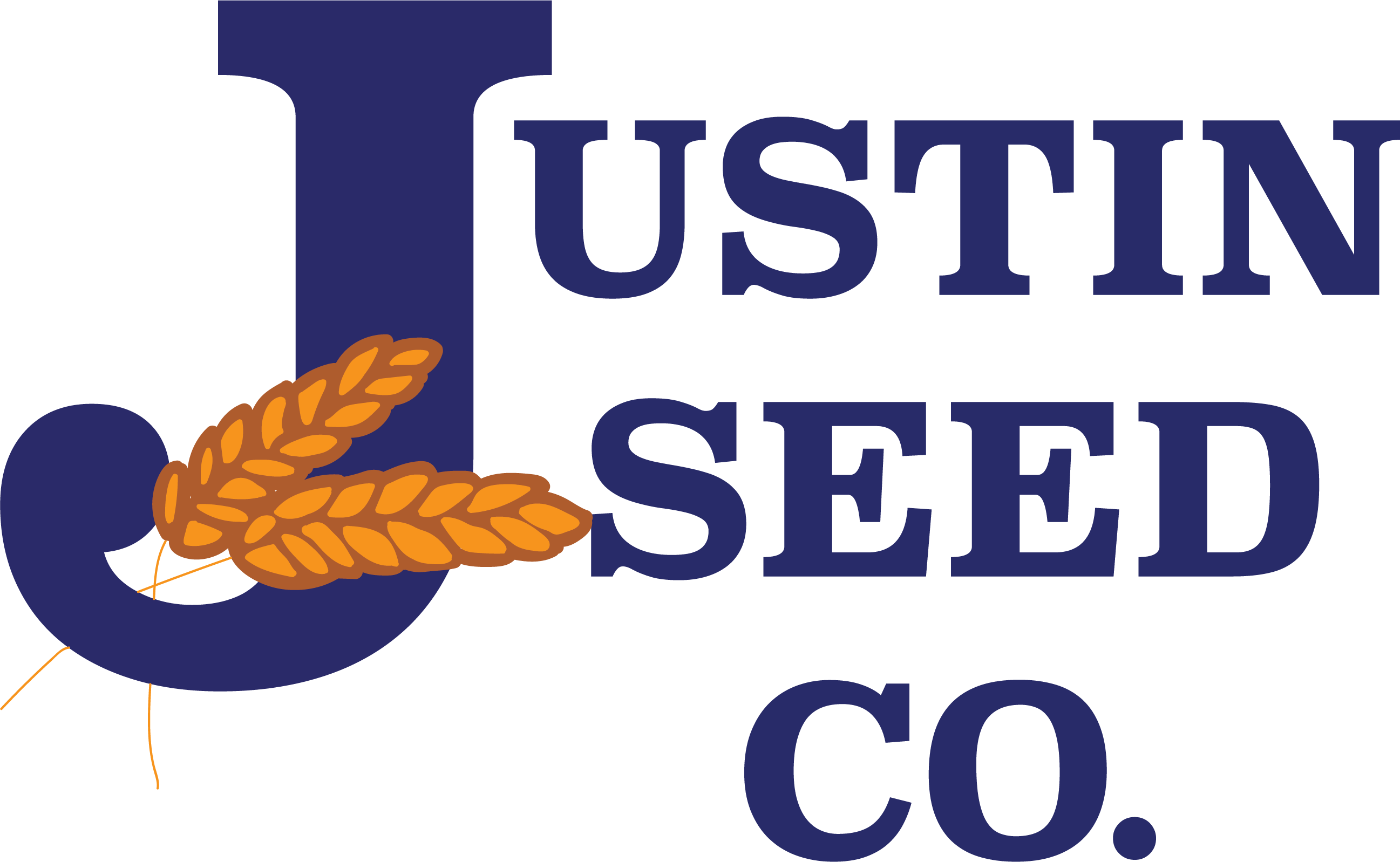
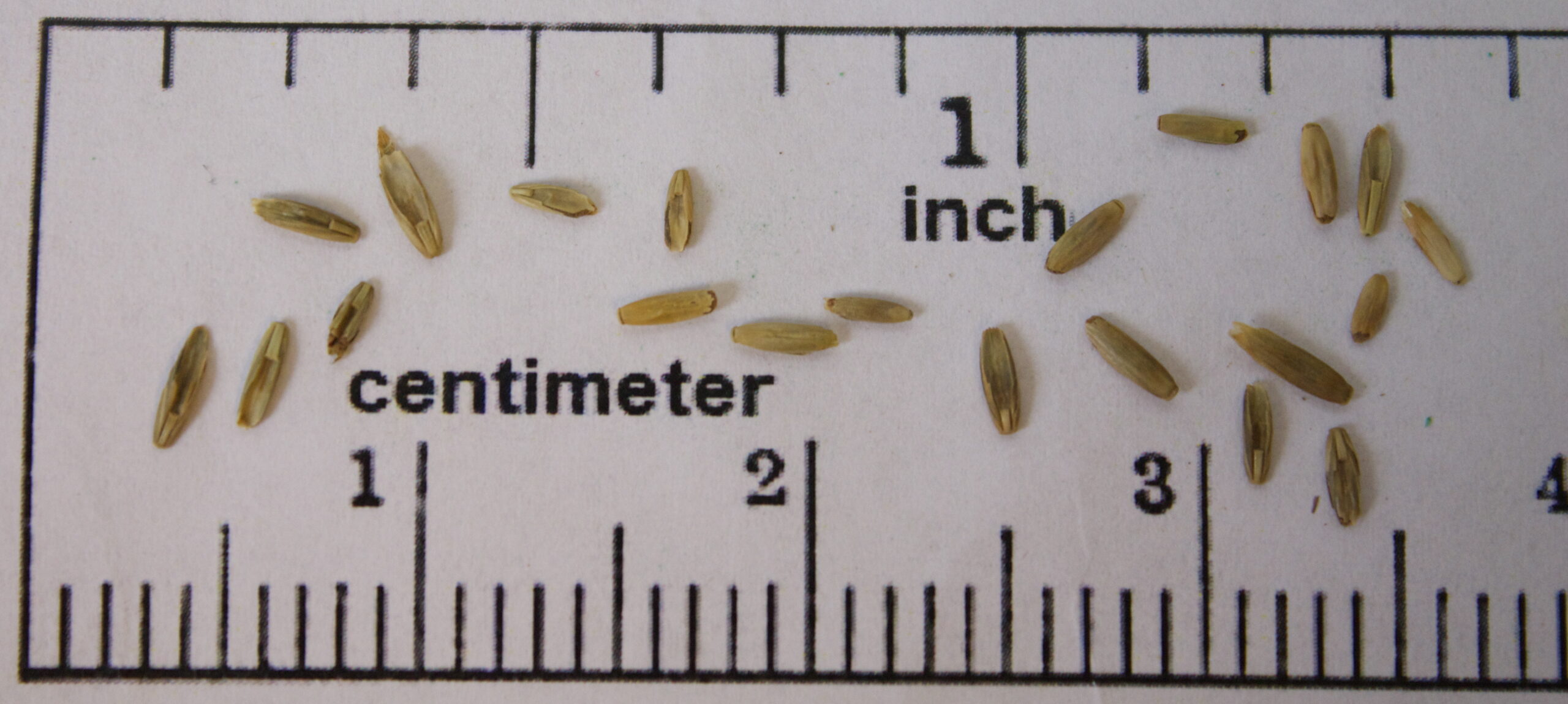
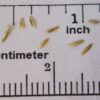
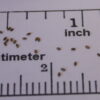
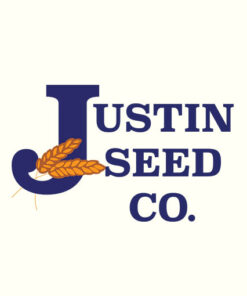
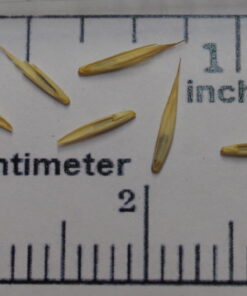
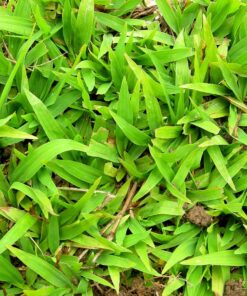
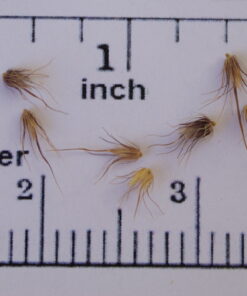
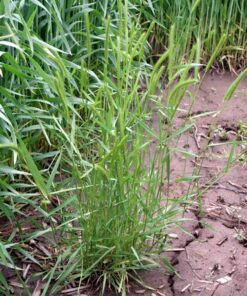
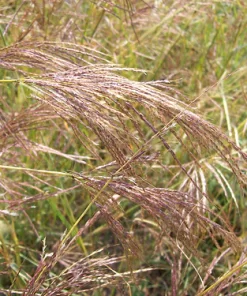
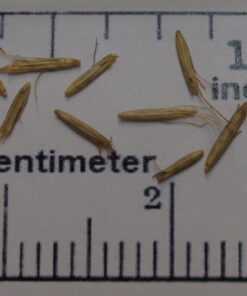
Reviews
There are no reviews yet.